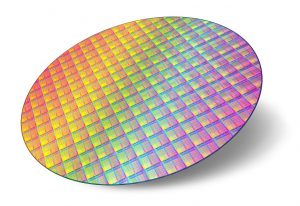Undoubtedly, sputtering targets are the most important raw materials in current semiconductor manufacturing processes. Their quality and purity play a key role in the subsequent production quality of the semiconductor industry chain. And anelva targets refer to those sputtering targets used in the semiconductor industry.
Application requirements
Semiconductors have high requirements for the quality and purity of the sputtering materials, which explains why the price of anelva targets is relatively high. In the semiconductor manufacturing process, if the impurity content of the sputtering target is too high, the formed film cannot achieve the required electrical properties, and it is liable to cause short circuit or damage of the circuit, which will seriously affect the performance of the film.
Therefore, when purchasing semiconductor targets, be sure to find a reliable sputtering targets manufacturers for high-quality & high-purity sputtering targets.

Market Size
With the rapid development of terminal applications such as consumer electronics, the market sales of high-purity sputtering targets are expanding.
According to statistics, in 2015, the global high-purity sputtering target market sales reached 9.48 billion US dollars, of which, the semiconductor sputtering target market sales of 1.14 billion US dollars. It is estimated that in the next five years, the market size of the world’s sputtering targets will exceed 16 billion US dollars, and the CAGR (Compound Annual Growth rate) of the high-purity sputtering target market will reach 13%.
According to statistics from WSTS (World Semiconductor Trade Statistics), the global target market is expected to grow at the same rate as 2017 (13%). In 2016, the global sputtering target market capacity was US$11.36 billion, an increase of 20% compared to US$9.48 billion in 2015. It can be inferred that the market size of the global high-purity sputtering target in 2018 is about 14.5 billion US dollars.
Stanford Advanced Materials (SAM) Corporation is a global supplier of sputtering targets such as metals, alloys, oxides and ceramic materials, which are widely used in multiple industries. Please visit https://www.sputtertargets.net/ for more information.

